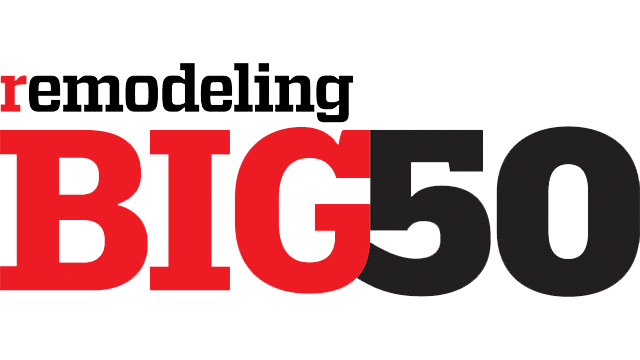The fundamental portion of your landscaping plan is your hardscaping. It determines the function and flow of your overall plan, as well as the style and functionality. The softscape, or plants, dress-up and finish off your landscaping, further accenting your style. They are like the jewelry on a nice outfit – they bring color, texture, visual interest, mass, and height variation to your yard–the finishing touches.
Here are some tips for selecting your plants:
1) Select a style for your yard, such as Tuscany, Tropical, English Country Garden, etc., and design everything in your yard according to that, starting with the hardscape and ending with the plants and lighting.
2) The trees are the foundation of your plant plan. They are the largest items and bring height and mass to your yard. They need to be placed to give balance and show off your home and yard. They should be selected based on root issues and distance from foundations and walls/pools to minimize future damage. The type and amount of debris falling from a free is another aspect to consider. The look of the trunk and limbs, the size and look of the canopy, and the amount of shade, are additional aspects to consider. Initial size is a major factor to consider. Small trees cost less and are easy to plant. Large trees (36″ box and larger) are more expensive and may require forklifts or cranes, adding a huge cost to a project. And of course, do you want evergreen or deciduous or a mix – i.e., do you want leaves year round or not?
3) Shrubs are the main type of plant in your yard. They come in all sizes – some getting very, very large, some low-lying and spreading. A good mix of size and spread provides interest and balance. Color of leaves, texture, and color of flowers are the other aspects to consider when selecting plants. Shrubs typically come in 1-gallon, 5-gallon, and 15-gallon sizes. The larger the plant, the more expensive to purchase and to install. For most projects, a mix of these works well and keeps the cost down, with mostly 1-gallons, some 5-gallons, and a few 15-gallons (if any). Six months after planting, a 1-gallon should be about the size of a 5-gallon. So you can wait, and save money with smaller plants initially. Another aspect to consider is number of plants in relation to size. If you plant small plants initially, and plant too close together, they will be very crowded when they grow fully. This can be done purposefully for certain styles, such as English Country Garden.
4) Ground cover can act as a filler between shrubs and it also can help to stabilize the soil on slopes. There are several types to choose from. One type is ivy. While it can be very lush and green and fills in and takes over entire areas quickly, it can also be very difficult to remove completely. Another type is ice plant, which is a succulent type of plant. They come in some very beautiful brilliant colors, creating gorgeous masses of color at certain times of the year.
5) Annual shrubs, or flowers, are used to complete your plant design. They are used to add color to your yard and usually are the smallest plants. Because they usually only last for 3 to 6 months, they need to be removed and replaced 3 to 4 times a year. This can allow you to change your color and look frequently, but also costs money and time. For those who like yard work and don’t mind the cost, this can be a fun, creative activity. Most gardeners will remove/provide/install flowers for you, at an extra cost.
6) One design mistake many people make is to take hardscape or sod right up against a house, wall, or fence. This usually looks very plain and poorly designed. A better idea is to create planter beds up against your house, walls, and fences, so that the plants dress-up the area and create visual interest. This is not always the case, but most of the time it is.
Look for future articles on topics such as landscape lighting, exterior makeovers, and hardscaping.
By: Patrice Aumann, Designer




